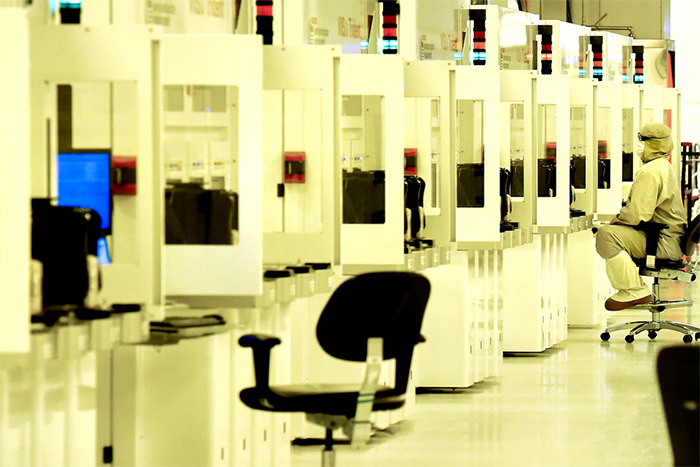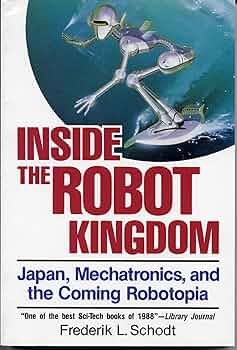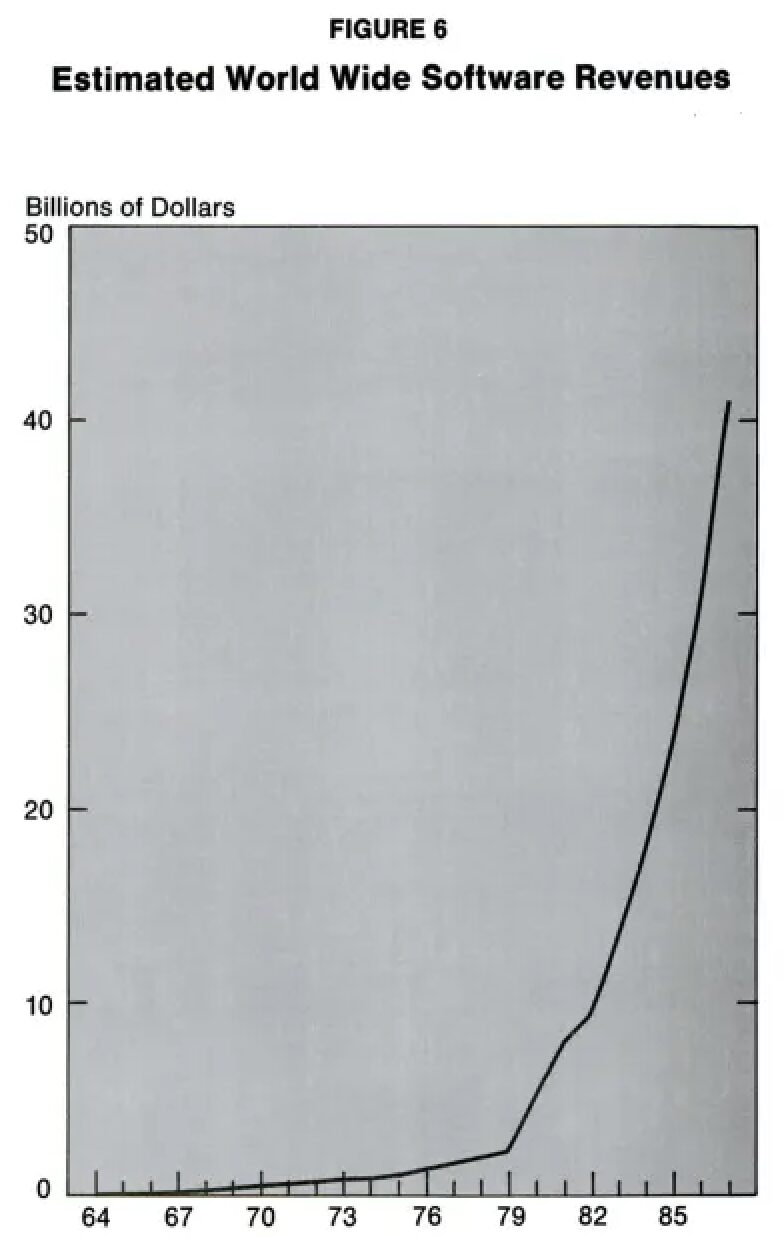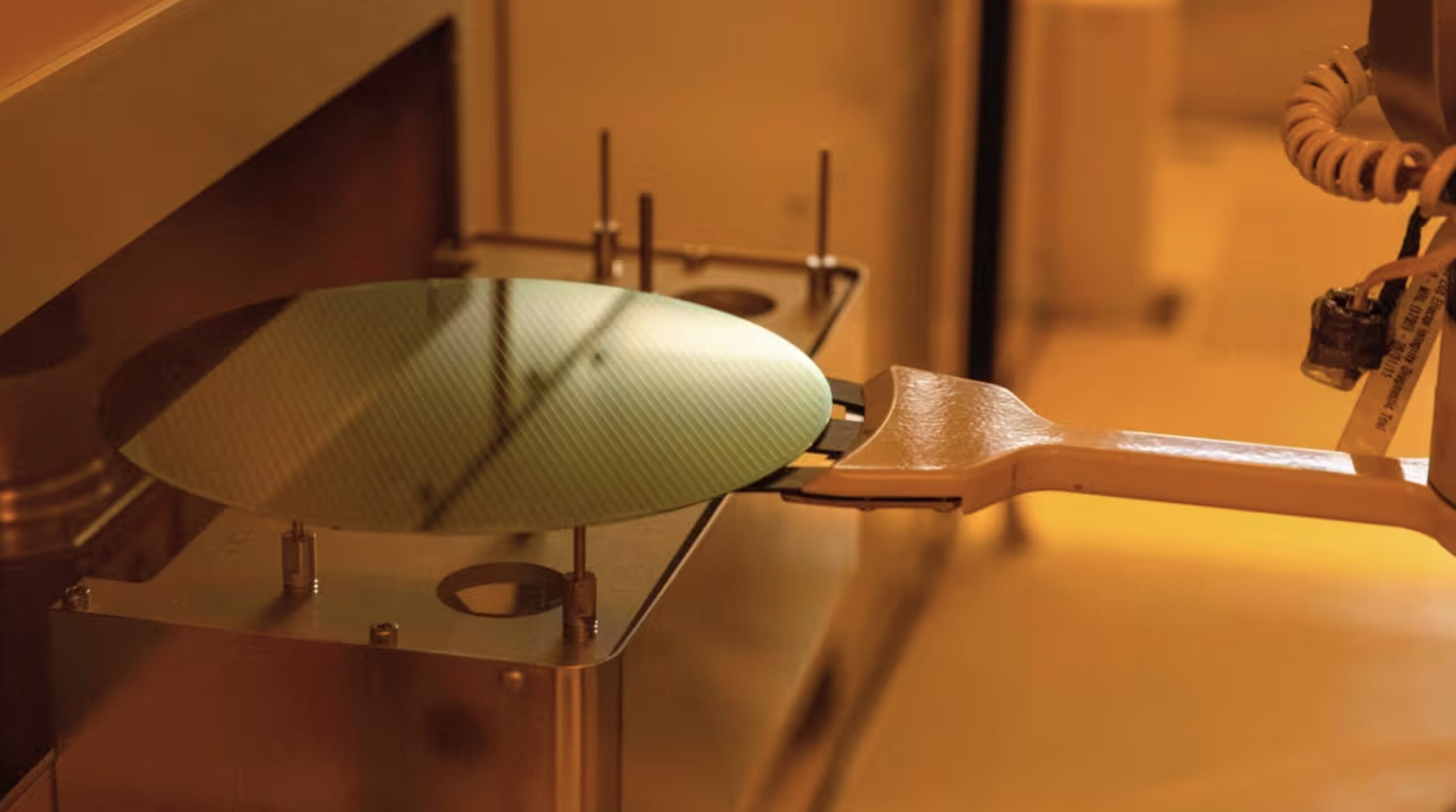Through the Chips and Science Act, the Biden administration has begun to distribute $39 billion in manufacturing grants over five years to semiconductor chipmakers — a shot in the arm for businesses competing against heavily subsidized rivals in East Asia and an insurance policy in the event of Chinese aggression. But in the long run, U.S. success requires maintaining a technological edge, and that means an emphasis on research and development.
The Commerce Department has established a National Semiconductor Technology Center — the NSTC — to deploy up to $11 billion in R&D funds allocated by the Chips Act over the next five years. But what exactly should the NSTC do? We think it should focus on taking big swings, complementing industry while remaining independent of it.
The pace foreseen by Moore’s law — the prediction that the computing power of chips would double every few years — has slowed, imperiling the trend toward better, cheaper computing power. Sustaining Moore’s law is critical to our nation’s future prosperity and security, and to nearly every segment of technology. Guaranteeing another generation of exponential computing advances ought to be the NSTC’s central priority.
For the NSTC to have any impact, it must allocate funds creatively. The $11 billion the Chips Act provides for R&D is a small sum relative to the roughly $60 billion that U.S. chip firms spend on such efforts each year. Companies such as Intel and Samsung are already among the world’s top 10 spenders on R&D. Simply adding the NSTC’s funds to the pot won’t change much.
Yet most corporate R&D funding is spent not on “research” — i.e., big bets on risky, long-term, high-payoff technologies — but on “development,” the effort to fine-tune products and make them market-ready. This is understandable because companies exist to bring products to market. But it means that only a small share of the industry’s vast R&D spending goes toward researching revolutionary technologies that can disrupt established businesses.
The U.S. government has a storied history of supporting the long-run technological research that has made Moore’s law possible. The Defense Department’s R&D arm, the Defense Advanced Research Projects Agency, or DARPA, provided seed funding for most of the key technologies used in today’s cutting-edge chips. DARPA experts in the 1970s recognized that industry tends to focus on incremental improvements rather than paradigm-shifting innovations. So the agency repeatedly took bets that industry wouldn’t, funding the software tools, computing architectures and machinery needed for far-reaching advances.
The NSTC should do the same. It won’t be easy, however. After spending down government seed funding, the NSTC is expected to rely on contributions from industry, and companies will inevitably want their funds to promote incremental “development” related to their existing product plans. If the NSTC allows the priorities of major industry funders to shape its research agenda, it risks replicating existing research consortia, and its impact might be limited.
The greatest significance will come from selecting transformational research areas and allocating funds in innovative ways. A key goal should be better “lab to fab” interfaces, giving researchers opportunities to produce prototypes in high-end commercial chip plants, known as fabs. This will require new methods of collaboration between universities, start-ups, industry and government — which the NSTC is ideally placed to coordinate and fund. Yet it must ensure that these opportunities serve as a public good for the wider semiconductor ecosystem and aren’t monopolized by the largest industry bidders.
Industry naturally wants the NSTC to focus on supporting existing road maps. Memory-chip firms want a memory-focused R&D center, while companies making communications chips want research focused in that direction. But structuring itself around existing categories would bias the NSTC toward incremental improvements rather than new moonshot bets.
The NSTC’s biggest investments should be in capabilities that would help the entire industry, such as AI-enabled chip-design tools. It should also develop new materials and tools needed for ever more precise manufacturing. These capabilities require long-term investments with uncertain payouts, so venture capital funding is scarce. Yet it was DARPA’s investments in design software and chip-making tools a generation ago that produced the chips powering artificial intelligence today.
The NSTC can also support standardization and data-sharing. Companies are often hesitant to share proprietary data. But secure and even anonymous data-sharing will be key to assembling data sets on chip design or equipment operation that are needed to unlock AI-driven improvements. As a neutral player, the NSTC could play an important role.
The same is true for standards-setting. Chiplets — different types of chips that can be combined in a single system — are widely seen as a new frontier. But getting to a point in which chips can be mixed and matched to produce new combinations requires standardization so that different chips can seamlessly integrate. To play a standard-setting role, NSTC will need to be close to industry but not dependent on the big players, who are naturally biased toward preserving the status quo.
There are important gaps in the chip industry that the NSTC could fill, but it can be only as ambitious as its structure allows. It needs support from industry, but, in its early years, it should establish its independence by focusing on long-term research that could transform the whole industry rather than simply aligning its aims with existing corporate road maps.
Taking big bets on moonshot technologies is the only approach that can sustain Moore’s law and guarantee that the United States continues to lead in the technologies of tomorrow.






